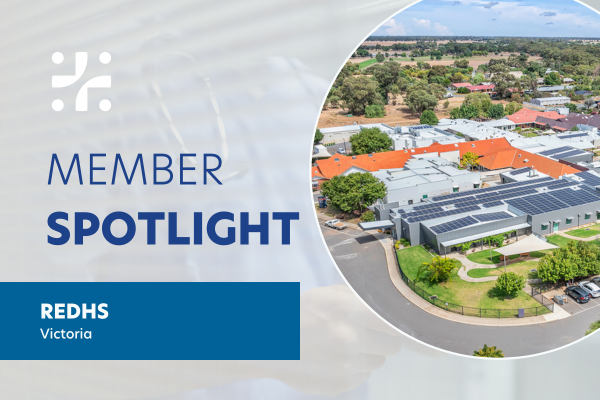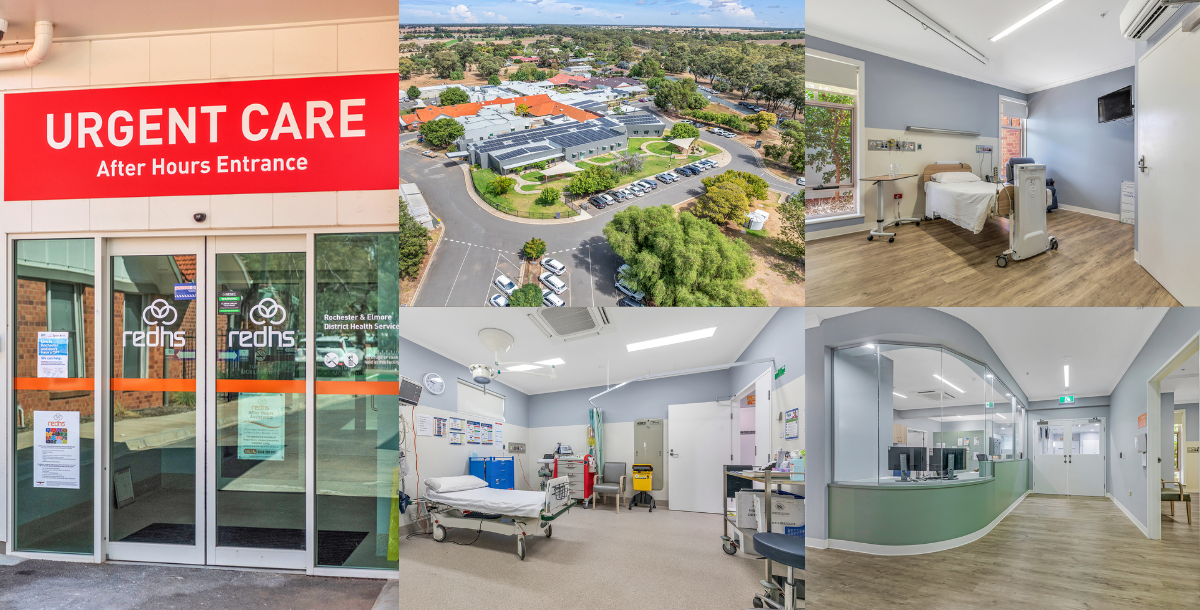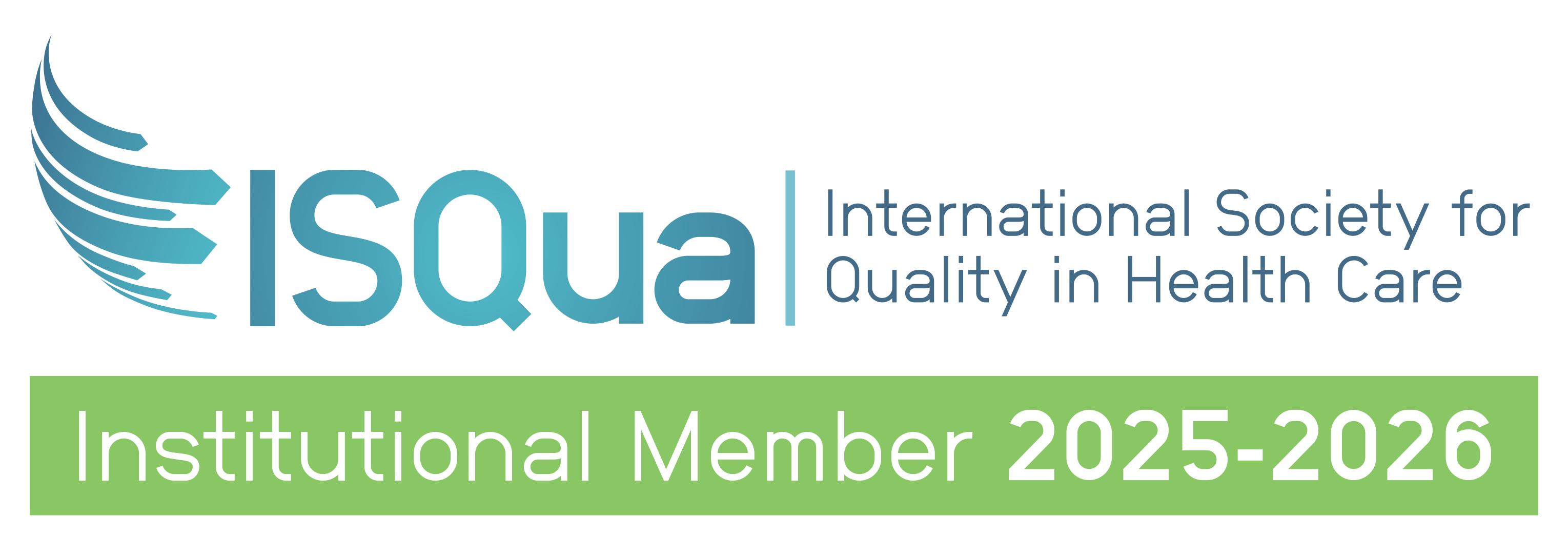.png?width=800&auto=format)
Member Spotlight - REDHS on Community, Care and Resilience
From devastating floods to rebuilding a state-of-the-art facility, Rochester and Elmore District Health Service in Victoria, reflects on the challenges and lessons that shape their delivery of care.
Rochester and Elmore District Health Service has deep roots in its community, tracing back to the Elmore District Hospital, opened in 1939, and the Rochester and District War Memorial Hospital, opened in 1952 to honour local Second World War service members. These two facilities merged in 1993 to form REDHS, which has continued to evolve while remaining committed to its mission of caring for the community.
1. Can you tell us about the range of services you provide and the communities you support?
Rochester and Elmore District Health Service (REDHS) is a small integrated rural health service that offers a wide range of services to support the health and well-being of our local communities including urgent care, acute care, residential aged care, allied health and community and in-home support. REDHS is dedicated to serving the residents of Rochester, Elmore, and surrounding areas, ensuring that these communities have access to quality healthcare close to home.
Pictured left to right: Mebin Baby- Director Community Care, Vicki Winwood – Director People & Culture, Mary Manescu – CEO, Meaghan Douglas – Director Clinical Operations, Richard Morrison – Director Corporate Services
2. REDHS’s vision is “Caring for our Community.” What does this mean to your team, and how does it shape your approach to care?
REDHS' vision, "Caring for our Community," reflects on our commitment to providing inclusive healthcare to our communities. This means prioritising the needs and well-being of our patients, ensuring that each individual receives personalised and respectful care. REDHS actively engages with the community to better understand their health needs and concerns, and tailor our services accordingly.
Collaboration and teamwork are also central to the vision, with staff working across multiple disciplines to provide coordinated care. Our team embraces continuous improvement, and we regularly seek feedback from consumers to identify areas for improvement and implement changes that enhance our quality of care. REDHS demonstrates this commitment by participating in state-wide improvement initiatives, including the Delirium and Sepsis Safer Care Victoria Projects, ensuring our practices are informed by the latest evidence-based standards.
3. It’s been quite a journey since the 2022 Rochester floods. What were some of the biggest challenges in re-establishing services, and what are you most proud of achieving during that time?
The 2022 Rochester floods presented significant challenges for REDHS in re-establishing our facility and services. The floods caused extensive damage to our facility, requiring a complete rebuild of the facility which took over two years to complete. The rebuild of the state-of-the-art facility, spanning 13,000 square metres, was made possible through the generous support of the community, VMIA, and other organisations.
Many staff members and consumers were directly impacted and displaced due to the floods. Staff had to quickly adapt to working in different locations and modify the models of care they delivered. The team demonstrated remarkable resilience and dedication in the face of adversity.
We implemented innovative solutions to continue providing care despite the challenges. This included setting up temporary sites in adjacent townships such as Rochester, Elmore and Rushworth for allied health services, and renting space at other local aged care facilities, to enable our aged care residents to remain with REDHS and enabling continuity of care with REDHS staff.
Our services continued throughout the flood recovery, with priority clients continuing to receive services in the aftermath of the flood event. Urgent care reopened within a week in rented premises in Rochester that were not flood affected. Home care services continued for vulnerable clients with service levels increasing to full services once an Operations Centre was established back on site at Rochester.
Our allied health service relocated to our Elmore Campus with all services running out of this site until our Rochester campus was re-opened in January 2025. Our acute care service was the only service that was paused until our return to site and the acute services team did a tremendous job in re-establishing this service in a short amount of time.
REDHS is very proud of our achievements during this time. The support from the community was overwhelming, and the collective efforts of staff, volunteers, and community members played a vital role in the recovery process.
4. Was there anything you learnt from your last assessment?
Reflecting on the last assessment, REDHS gained valuable insights that have helped shape our approach to healthcare delivery. Clear communication within the team and with consumers proved essential, helping us return to ‘business as usual’ and re-open all services after the floods.
The assessment reinforced the importance of a continuous improvement mindset, with regular feedback now guiding our changes and enhancements. Strengthening consumer engagement has also been a priority, ensuring services meet community needs.
Finally, investing in staff remains central. Ongoing education and professional development keep our team equipped to deliver high-quality care, supported by a scholarship initiative recognising staff dedication during the flood period.
.png?width=700&height=354)
Pictured: Rochester and Elmore District Health Service
5. Do you have any advice for other ACHS Members on their accreditation journey?
Certainly! Here are some pieces of advice for other ACHS Members on their accreditation journey:
-
Engage Your Team: Involve your entire team in the accreditation process. Encourage open communication and collaboration to ensure everyone understands the standards and their roles in achieving them. This collective effort can lead to a more successful and smooth accreditation process.
-
Continuous Improvement: Treat accreditation as an ongoing process rather than a one-time event. Regularly review and update your policies, procedures, and practices to ensure they align with the national standards. Collaborate with other organisations and engage an external perspective to identify anything you may be missing.
-
Utilise Resources: Take advantage of the resources and support provided by ACHS. Attend workshops, webinars, and training sessions to stay informed about the latest standards and best practices. Networking with other ACHS members can also provide valuable insights and support.
-
Focus on Patient Centred Care: Ensure that your services and practices are centred around the needs and preferences of your patients. This approach not only improves consumer satisfaction but also aligns with many accreditation standards.
-
Document Everything: Keep thorough and organised documentation of your processes, policies, and improvements. This documentation will be crucial during the accreditation assessment and can demonstrate your commitment to quality and safety.
-
Seek Feedback: Regularly seek feedback from patients, staff, and other stakeholders. Use this feedback to identify areas for improvement and to make necessary changes. This proactive approach can help you stay ahead of potential issues and continuously enhance your services.
-
Celebrate Successes: Recognise and celebrate the achievements and milestones reached during the accreditation journey. This positive reinforcement can boost morale and motivate your team to continue striving for excellence.
Thank you to the team at REDHS for sharing your insights.

